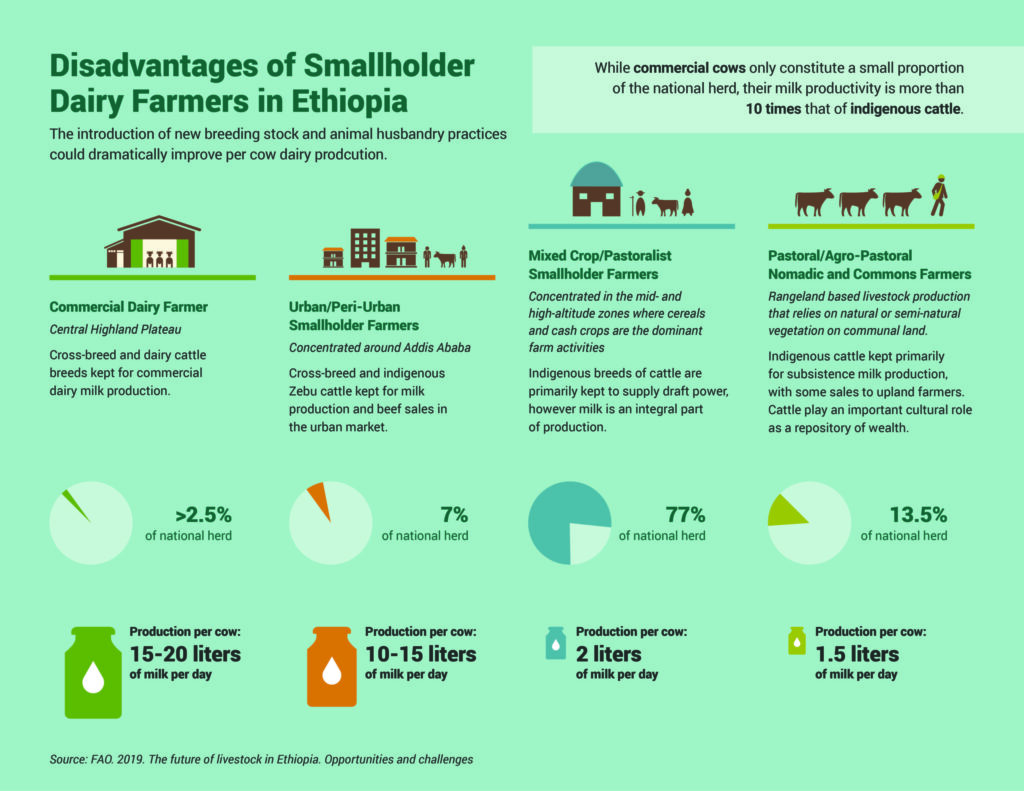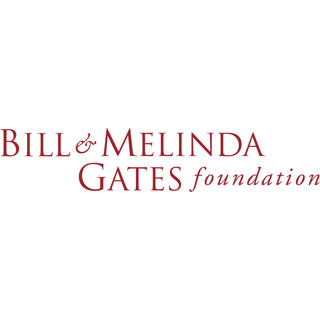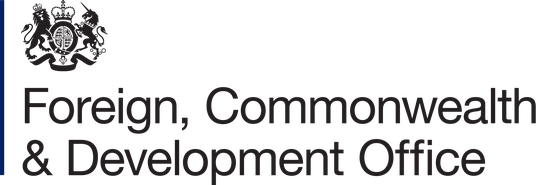Digital Agricultural Advisory Services (DAAS) – Advancing productivity for Ethiopian smallholder farmers
Since October 2019, PxD, in a consortium led by Digital Green, has been implementing a Digital Agricultural Advisory Services (DAAS) project with the objective of strengthening existing digital advisory services and the development of a tech platform (FarmStack) to enable actors to more easily share and utilize data.

Ethiopia
Digital Green, Bill and Melinda Gates Foundation (BMGF), and the UK Foreign, Commonwealth and Development Office (FCDO)
Ministry of Agriculture (MoA), the Ethiopian Agricultural Transformation Institute (ATI), Livestock Development Institute (LDI), International Livestock Research Institute (ILRI)/African Dairy Genetic Gains (ADDG) Project, University of Florida, Hawassa University, SNV, Land O’Lakes
Overview
DAAS aims to improve smallholder productivity, increase incomes, and enhance the livelihoods of 2 million Ethiopian smallholder farmers through cost-effective and targeted extension and advisory services.
The project is being implemented in Oromia, Tigray, Amhara, Sidama, and Southern Nations, Nationalities, and Peoples’ National Regional States over five years (October 2019 – September 2024) and is funded by the Bill and Melinda Gates Foundation (BMGF) and the UK Foreign, Commonwealth and Development Office (FCDO). PxD Ethiopia leads and implements the dairy value chain of DAAS in partnership with key government stakeholders including the Ministry of Agriculture (MoA), the Ethiopian Agricultural Transformation Institute (ATI), and Livestock Development Institute (LDI); Research Institutions including the International Livestock Research Institute (ILRI)/African Dairy Genetic Gains (ADDG) Project; Universities including University of Florida and Hawassa University; and other key development partners, including SNV, a Dutch not-for-profit international development organization, and Land O’Lakes, an American private sector dairy company.
The problem
Ethiopia has one of the largest cattle populations in Africa, estimated at approximately 60 million head. The overwhelming majority of the national herd – over 95% – are local breeds. While indigenous cattle may offer some resistance to local pests and diseases, they compare very poorly with modern breeds from a dairy productivity perspective. Local cows produce between 1.3 to 1.5 liters of milk per cow per day, with a lactation cycle of approximately 180 days, significantly below the productivity of cross-breed cows (10 to 15 liters, up to 300 days lactation) and commercial breeds of dairy cows (15 to 20 liters, sometimes over 300 days lactation).

Improving the productivity of dairy animals can improve the nutrition of smallholder households, and – if a surplus is produced and taken to market – their income. Critically, improving milk productivity can also reduce per liter of milk methane (CH4) and nitrous oxide (N2O) emissions in Ethiopia’s dairy sector. Indigenous breeds are inefficient at producing milk but are comparable sources of greenhouse gas emissions relative to other cattle breeds.
Digital Dairy – Key PxD workstreams
PxD Ethiopia leads the dairy value chain of DAAS through direct-to-farmer mobile-phone-based advisory services. PxD develops and deploys push call content to promote artificial insemination (AI), nudge farmers to seek AI services, and educate farmers about timely heat identification. Push calls are channeled to approximately 17,500 farmers’ profiles received from SNV.
Ethiopian farmers suffer from relatively high calf and cow mortality associated with low adoption of improved calf and cow management practices. PxD identified two key areas to reduce calf and cow mortality: During late pregnancy (7 months) PxD pushes information to farmers on improved pregnant cow management with a focus on feeding recommendations, suitable housing, and information on health and sanitation. In line with the calving season, information on lactating cow and calf management is pushed to farmers. Digital advisory content on cow and calf management practices is currently being pushed to 27K farmers sourced from a Land O’Lakes dataset.
A third area PxD identified to increase dairy productivity is promoting the use of a balanced feed diet to farmers with crossbred cows. Poor feed management can lead to low milk productivity – in the case of insufficient nutrient provision – or sub-optimal production and waste – in instances where a cow is given too much, or the wrong mix of feed. Cognizant of this, PxD has developed advisory content to promote a least-cost balanced ration to dairy farmers. Content is customized to cattle requirements, the stages of the reproduction cycle (pregnancy, lactation, and dry periods), optimal milk production, feed availability (location), average feed costs, and milk price data. The dairy cows record dataset is accessed from the Livestock Development Institute (LDI) and African Dairy Genetic Gains (ADGG). Feed chemical composition data is accessed from the Livestock Innovation Lab of the University of Florida Innovation Lab and Hawassa University, and it is inputted into the Food and Agriculture Organization’s (FAO) feed ration formulation software. Rations are formulated for individual cows which we then transform into accessible content which targeted to dairy farmers.
In addition to pushing AI-related content to dairy farmers, PxD develops and disseminates digital content to 718 AI Technicians detailing the key steps of artificial insemination through push calls and videos.
Ensuring access for women farmers
As is common in many smallholder farming traditions, the tending of dairy animals and dairy production in Ethiopia is predominantly the preserve of women farmers. Cognizant of gender-related disparities concerning access to agricultural extension, and lower access to mobile phones on the part of rural women relative to men peers, PxD encourages call recipients (predominantly men farmers) to listen to push calls with their spouses. An initial survey indicates the success of this strategy, with 42% of men respondents indicating that they jointly listen to digital push advisory with their spouses.



Make an Impact Today


